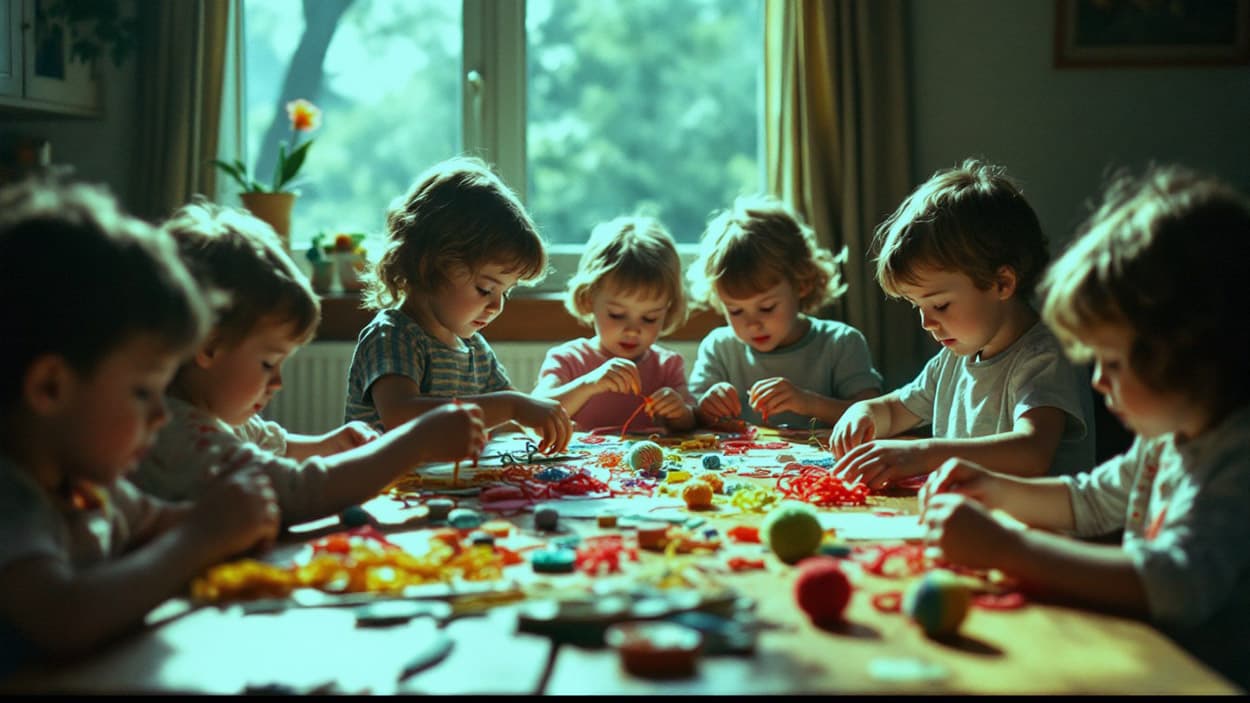Creativity and Mental Well-being: The Healing Power of Artistic Expression
Creativity has long been recognized as a source of joy, self-expression, and problem-solving. In recent years, research has begun to uncover the profound impact of creative engagement on mental well-being.
Studies suggest that creativity and anxiety share an inverse relationship, meaning that higher engagement in creative activities can reduce anxiety levels and improve overall psychological health by straightening emotional resilience or adaptability.
The science behind creativity and anxiety reduction
Recent studies in psychology and neuroscience indicate that engaging in creative activities such as painting, music, writing, or even dance can lower stress hormones and enhance positive emotions.
People who participated in daily creative activities reported higher levels of positive affect and reduced stress compared to those who did not. The process of creating art engages the brain’s reward system, releasing dopamine, a neurotransmitter associated with pleasure and relaxation. No wonder its a healthier form of addiction just like exercise, enjoying the nature, love making and eating the food you like, what we call the "natural highs"
Furthermore, a study published in the journal Nature Neuroscience (2020) suggests that creativity activates the default mode network (DMN)—the part of the brain linked to introspection and problem-solving.
By engaging this network, individuals can divert focus away from stressors and anxieties, fostering a state of mindfulness and flow that promotes relaxation and well-being (Beaty et al., 2020).
Art therapy and psychological well-being
The use of art therapy has gained significant traction in field of mental health, for managing conditions such as anxiety, depression, PTSD etc. A systematic review by Kaimal et al. (2017) demonstrated that structured creative activities reduce cortisol levels (hormones primarily raised in stress), enhance self-esteem, and promote emotional processing.
Art therapy provides individuals with a different way of expression or non verbal communication, as a tool for those who struggle to articulate their emotions through words, those who are introverts, or simply non-expressive.
Recently, Neurographica© developed by psychologist Pavel Piskarev in 2014 is creative, therapeutic art method . It blends psychology, art, and neuroscience to help individuals manage stress, explore emotions, and unlock personal potential through drawing abstract, intentional lines and shapes.
The name comes from "neuro-" (relating to the nervous system) and "graphica" (drawing or writing), emphasizing how drawing can influence neural pathways.
The core idea is that by transforming inner conflicts or emotions into visual forms and then smoothing and integrating them on paper, we can reshape our perceptions and promote healing and insight.
It's widely used in therapy, coaching, and self-development, and requires no artistic skills—just openness to the process.

FIG: How Creativity Enhances Mental Well-being
Creativity as a coping mechanism for anxiety
Anxiety disorders affect millions worldwide, often leading to chronic stress, overthinking, and emotional exhaustion. However, engaging in creativity provides an effective coping mechanism by offering a safe limitless way to express emotions.
Moreover, journaling and expressive writing have been particularly effective in decreasing rumination and intrusive thoughts, which are common in anxiety disorders.
Expressive writing interventions, as studied by Pennebaker & Smyth (2016), show that writing about emotional experiences can decrease stress, enhance cognitive processing, and improve emotional resilience.
Practical ways use creativity for mental well-being
creative activities and artistic expression can be used in both clinical settings and personal self-care practices
For those looking to harness creativity for better mental health, here are some practical suggestions:
Daily Journal – Writing freely about emotions can help process thoughts and reduce mental clutter.
Painting/Drawing – Engaging in visual arts encourages self-expression and relaxation.
Music Therapy – Listening to or playing music can regulate emotions and reduce stress.
Dancing/Movement Therapy – Movement-based creative expression releases tension and improves mood.
Creative Writing/Storytelling – Writing poetry or short stories can serve as a therapeutic outlet for emotions.
Conclusion
Creativity is a powerful and accessible tool for improving mental well-being. From reducing anxiety to enhancing emotional resilience, engaging in creative activities offers profound psychological benefits.
As research continues to highlight the inverse relationship between creativity and anxiety, integrating artistic expression into daily life can serve as both a preventative and therapeutic approach to mental health care.
Encouraging creative engagement in therapy and personal well-being strategies could significantly transform how we approach mental health treatment and self-care.
References
Beaty, R. E., et al. (2020). "Creative cognition and the default mode network: A neuroimaging study." Nature Neuroscience.
Conner, T. S., DeYoung, C. G., & Silvia, P. J. (2018). "Everyday creativity as a path to flourishing." Journal of Positive Psychology.
Forgeard, M. J. C., et al. (2016). "The role of creativity in mental health: A review." Psychology of Aesthetics, Creativity, and the Arts.
Kaimal, G., Ray, K., & Muniz, J. (2017). "Reduction of cortisol levels and participants’ responses following art making." Art Therapy: Journal of the American Art Therapy Association.
Pennebaker, J. W., & Smyth, J. M. (2016). Opening Up by Writing It Down: How Expressive Writing Improves Health and Reduces Stress.
Stuckey, H. L., & Nobel, J. (2010). "The connection between art, healing, and public health: A review of current literature." American Journal of Public Health.
